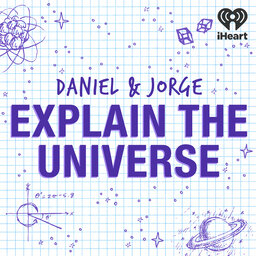Can something be both a conductor and insulator?
Daniel and Jorge talk about the recent revolution in solid state physics that has led to weird new materials.
Learn more about your ad-choices at https://www.iheartpodcastnetwork.com
See omnystudio.com/listener for privacy information.
 Daniel and Jorge Explain the Universe
Daniel and Jorge Explain the Universe


